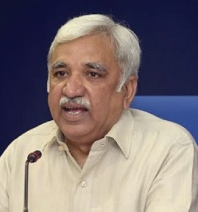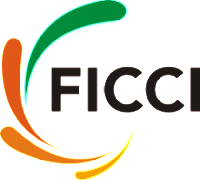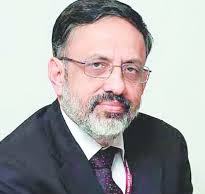Summary:Biologists who examined the biological impact of replenishing eroded beaches with offshore sand found that such beach replenishment efforts could have long-term negative impacts on coastal ecosystems.
The scientists, who studied the effects of beach replenishment efforts on the abundance of intertidal invertebrates at eight different beaches in San Diego County, discovered that the movement of sand onto those beaches resulted in a more than twofold reduction in the abundance of intertidal invertebrates after 15 months.
“We found rather long lasting declines in invertebrate abundances due to replenishment,” said Joshua Kohn, a professor of biology who headed the study, which was published this week in the journal Estuarine, Coastal and Shelf Science. “These invertebrates are what shorebirds eat when they poke their bills in the sand. They are also food for small inshore fish.”
“Such reductions may have far reaching consequences for sandy beach ecosystems,” the researchers warn in their paper, “as community declines can reduce prey availability for shorebirds and fish.”
While other researchers had previously looked at the impact of beach replenishment on certain taxa of invertebrates at specific beaches, the UC San Diego study is unusual in that it examined the impact on the total invertebrate community across eight different beaches in San Diego County from Oceanside south to Imperial Beach. The UC San Diego biologists were also able compare their results at each beach where sand was pumped onshore to an untreated section of the beach, which served as a control.
The opportunity to conduct the study came about in the fall of 2012 when the San Diego Association of Governments, or SANDAG, and the U.S. Army Corps of Engineers embarked on an ambitious project to replenish eight beaches with a total of 1.76 million cubic meters of sand. Only portions of each beach were replenished so that other sections of the beach could be used for foraging birds and fish.
“This provided the strongest experimental system yet to assess the effects of replenishment,” said Kohn. “With replenished and control sections of each beach, we could assess both the general effects of replenishment as well as variation among beaches in their invertebrate communities and responses to replenishment.”
To conduct their study, Kohn and the other co-authors of the study, Heather Henter, a biologist and academic coordinator of the Natural Reserve System, and Tyler Wooldridge, a graduate student, enlisted the help of undergraduates in UC San Diego’s Environmental Systems program to sample the replenished and control sections of each of the eight beaches starting in the fall of 2012. The students then resampled those sections four months later, 12 months later and 15 months after the initial replenishment.
The eight beaches sampled from north to south were South Oceanside Beach, North Carlsbad Beach, South Carlsbad Beach, Batiquitos Beach, Moonlight Beach, Cardiff State Beach, Fletcher Cove and Imperial Beach.
“When people look at the sandy beach it looks like nothing could possible live there,” said Henter. “It looks devoid of life. But when you actually dig down into the sand, there are a lot of creatures. This seems odd because there is no primary production on the beach. No plants grow there so there should be nothing to eat. But the sandy beach animals feed on seaweed and detritus cast ashore and plankton that washes in from the ocean.”
“In San Diego there are multiple species of tiny worms called polychaetes,” she added. “Little bean clams, Donax gouldii, are sometimes on our beaches by the thousands and there are various crustaceans such as amphipods (sandhoppers) and mole crabs, Emerita analoga, that stick their feathery antennae up above the sand to filter food out of the waves in the swash zone.”
The researchers found that nearly all taxa showed major declines in their abundances shortly after beach replenishment, but that populations of sandhoppers and bean clams recovered within one year. On some beaches, populations of mole crabs bloomed four months after replenishment and were even more numerous for a short time than on control portions of beaches, but subsequently declined. Polychaete worms, the most common invertebrates at the beach, meanwhile, showed sharp declines at all of the beaches that continued to the end of the study.
“There’s a lot we don’t yet know about the effect of sand replenishment on the community of organisms that live in the sandy beach, and the animals that depend on them,” said Henter. “In our study, some species seemed to increase in abundance after replenishment, others decreased, but this was really variable.”
Because sandy beaches make up two-thirds of the world’s shorelines and many other beach communities around the nation and world employ costly replenishment efforts to combat erosion at economically important beaches, the UC San Diego biologists believe it’s critical to continue studies of the ecological impact of beach replenishment.
“There are large gaps in our knowledge,” said Wooldridge. “For instance, how long will the effects we observed last? What is the effect of reduced invertebrate abundance on bird and fish populations? Another key question is how frequent and widespread should efforts to replenish beaches be? Are there times of the year when it is more or less disruptive for the animals that live in the sandy beach? To answer those questions, we need more studies.”
The UC San Diego study was supported by grants from the National Science Foundation and the Agouron Foundation.
Source:University of California(science)









